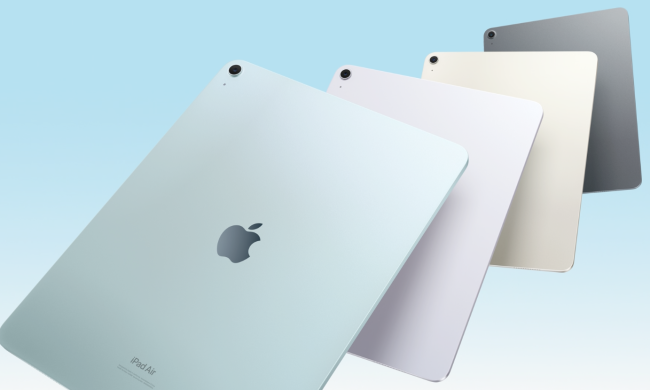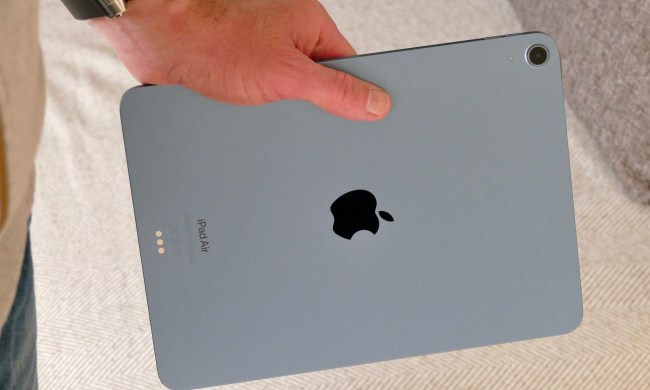It looks like AirPower may not be dead after all. Apple officially canceled its AirPower wireless charging mat almost a year ago, but according reports, the company has resumed development of AirPower internally. The news comes from leaker Jon Prosser, who tweeted that the company is currently engaged in prototyping, but that there’s no guarantee it will ever be released.
Originally, AirPower was supposed to be a wireless charging mat that could charge the iPhone, Apple Watch, and AirPods anywhere on the mat. All the user had to do was simply place the device on the mat, and it would start charging. Not only that, but users could also see the battery status of their devices on their iPhone’s display.
According to Prosser, Apple’s main challenge is building a charging mat that supports the Apple Watch. While the iPhone and AirPods both support Qi wireless charging, the Apple Watch instead uses a propriety charging standard developed by Apple. In fact, Prosser notes that none of the prototypes currently support the Apple Watch — but that Apple refuses to release a version of AirPower that doesn’t have Apple Watch support.
Prosser isn’t the only one to suggest that Apple is still working on a wireless charging mat. Well-known analyst Ming-Chi Kuo noted that Apple was working on a “smaller charging mat,” however no further details were provided at the time. Kuo suggested that the device would be released in the first half of 2020 — however given supply chain issues surrounding the coronavirus, officially known as COVID-19, it’s unclear if that will still happen. It’s also unclear if the new charging mat will be branded as an AirPower device.
MacRumors notes that Prosser has a decent track record when it comes to Google leaks, but has yet to become known for Apple leaks. Last week, Prosser tweeted that the rumored iPhone 9 had entered production, and that Apple was working with BYD in China to speed up production of the new phone.
Apple first announced AirPower in 2017, targeting a release date of 2018. Subsequently, the company missed its release date, and was forced to delay the release of the product due to “manufacturing issues.”



